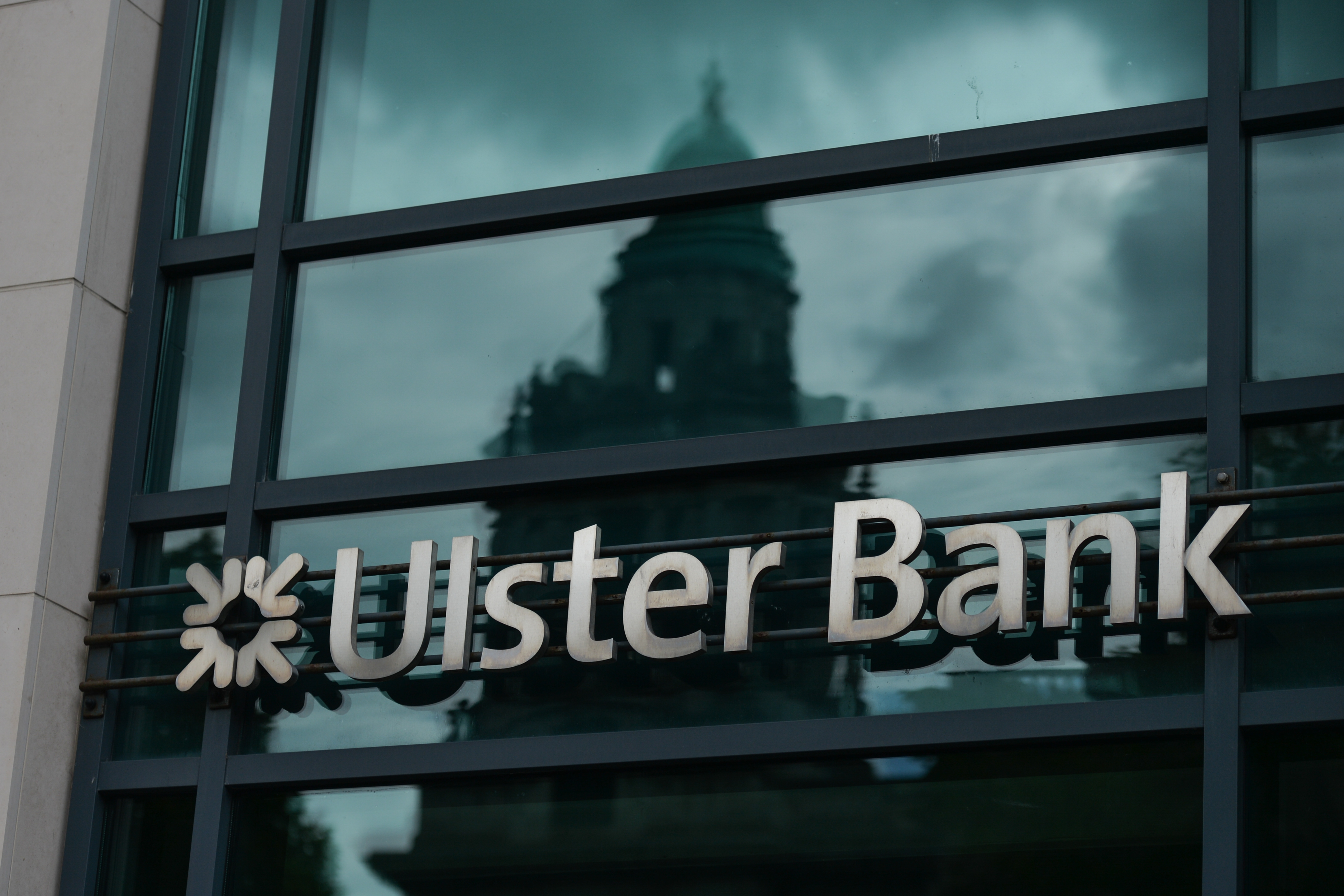High inflation means the end of the “4% rule” for retirees
High inflation means that it’s time to reassess how much you withdraw from your pension each year if you don't want to run out of money .


All retirees drawing an income from their savings face the same dilemma: how much can they safely take out each year without having to worry their money will run out?
For many years, the 4% rule devised by US financial-planning guru William Bengen has been used as a benchmark. This says that if you set your spending as 4% of your savings in your first year of retirement and increase that amount each year to keep pace with inflation, your money should last for as long as you’re likely to need it.
However, Bengen – who is now retired himself – has recently changed his mind. Having reviewed the work that he did in the 1980s and 1990s in the context of the current market environment, he now thinks 4% could be too much. So much so that he’s cutting back his own spending, he tells The Wall Street Journal.
MoneyWeek
Subscribe to MoneyWeek today and get your first six magazine issues absolutely FREE

Sign up to Money Morning
Don't miss the latest investment and personal finances news, market analysis, plus money-saving tips with our free twice-daily newsletter
Don't miss the latest investment and personal finances news, market analysis, plus money-saving tips with our free twice-daily newsletter
The 4% rule is based on the historic performance of US equities and Treasury bonds. In the early 2000s, Bengen added international equities to the mix and revised the 4% rule accordingly: up to 4.7% was safe, he suggested. However, he thinks historical trends are less certain now, because high inflation is eroding the value of savings more quickly, while elevated stockmarket valuations could mean an imminent bear market. Thus retirees should be more cautious, at least until it’s clear whether these conditions are here to stay.
A more conservative approach
Bengen is not alone in feeling nervous. Research recently published by Morningstar took an even more conservative view. To feel confident about their money lasting and being able to keep pace with inflation, retirees should set an initial withdrawal rate of no more than 3.3%. And economist Wade Pfau, another influential specialist in retirement planning, estimates the 4% rule now has only a 65%-70% chance of working out for new retirees, and that 3% is a more realistic starting point.
What do all these warnings mean for savers in the UK? The threats they face are similar to those of their US peers. Inflation in the UK is at 9% compared with 8.3% in the US, although stockmarket valuations do not look quite as stretched.
Moreover, Bengen’s number-crunching has always related to savings largely or entirely invested in the US. UK equities have historically underperformed the US market, which suggests the maximum withdrawal rate might be lower for those predominantly invested in the UK.
In a sense, however, the exact numbers don’t matter. The broader lesson here is that the market environment has changed. For anyone dependent on their savings for income, a more conservative approach may now be needed to ensure wealth preservation. This is particularly important for those just starting out in retirement. The work of Bengen and Pfau focuses especially on initial withdrawal rates. This is because the early years of your retirement are decisive – if your portfolio falls sharply in value now, it will be difficult for it to recover, because you’ll have a smaller sum to benefit from a market recovery.
In recent years, income drawdown has become the default strategy for retirees converting pension fund savings into income – but maybe taking money directly from your fund in this way is not the best option. The annuity market, offering a known and guaranteed income for as long as you live, might just be worth another look, particularly with rates now on the increase.
Rising yields boost annuities
UK government debt is meant to be a safe-haven investment during periods of volatility – gilts investors know the British state is highly unlikely to default on its debts, so their capital is safe. But it appears someone forgot to remind the gilts market of this rule. Investors have seen their holdings fall by 7% this year in the worst sell-off that the gilts market has seen since the 1980s.
The explanation for this rout lies in the sudden change of priorities seen at the Bank of England and other central banks in recent months. Policymakers previously thought rapidly climbing inflation was a very temporary phenomenon, brought on by Covid-19 disruptions. They now think it will be far more persistent and so they’re raising interest rates at speed. Ten-year gilt yields have more than doubled compared with a year ago, with prices falling accordingly.
For pensions savers with gilts in their portfolios – bought for safety perhaps – this is obviously bad news, but there is a silver lining for one part of the retirement-planning market. The previously moribund annuity market is getting a boost, because annuity rates are closely linked to gilt yields. In January this year, a typical 65-year-old man with a £50,000 pension fund could have bought an annual income of £2,286, according to insurer Canada Life. Today the same fund would buy £2,676 – a rise of £400 a year in just four months.
SEE ALSO
• Too embarrassed to ask: what is a drawdown?
• The drawbacks of pension drawdown
• How to get the best deal from your pension drawdown
Get the latest financial news, insights and expert analysis from our award-winning MoneyWeek team, to help you understand what really matters when it comes to your finances.

David Prosser is a regular MoneyWeek columnist, writing on small business and entrepreneurship, as well as pensions and other forms of tax-efficient savings and investments. David has been a financial journalist for almost 30 years, specialising initially in personal finance, and then in broader business coverage. He has worked for national newspaper groups including The Financial Times, The Guardian and Observer, Express Newspapers and, most recently, The Independent, where he served for more than three years as business editor.
-
 Metals and AI power emerging markets
Metals and AI power emerging marketsThis year’s big emerging market winners have tended to offer exposure to one of 2025’s two winning trends – AI-focused tech and the global metals rally
-
 8 of the best houses for sale with beautiful fireplaces
8 of the best houses for sale with beautiful fireplacesThe best houses for sale with beautiful fireplaces – from a 15th-century cottage in Kent to a 17th-century palazzo in Oxfordshire
-
 Act now to bag NatWest-owned Ulster Bank's 5.2% easy access savings account
Act now to bag NatWest-owned Ulster Bank's 5.2% easy access savings accountUlster Bank is offering savers the chance to earn 5.2% on their cash savings, but you need to act fast as easy access rates are falling. We have all the details
-
 Moneybox raises market-leading cash ISA to 5%
Moneybox raises market-leading cash ISA to 5%Savings and investing app MoneyBox has boosted the rate on its cash ISA again, hiking it from 4.75% to 5% making it one of top rates. We have all the details.
-
 October NS&I Premium Bonds winners - check now to see what you won
October NS&I Premium Bonds winners - check now to see what you wonNS&I Premium Bonds holders can check now to see if they have won a prize this month. We explain how to check your premium bonds
-
 The best packaged bank accounts
The best packaged bank accountsAdvice Packaged bank accounts can offer great value with useful additional perks – but get it wrong and you could be out of pocket
-
 Bank of Baroda closes doors to UK retail banking
Bank of Baroda closes doors to UK retail bankingAfter almost 70 years of operating in the UK, one of India’s largest bank is shutting up shop in the UK retail banking market. We explain everything you need to know if you have savings or a current account with Bank of Baroda
-
 How to earn cashback on spending
How to earn cashback on spendingFrom credit cards and current accounts to cashback websites, there are plenty of ways to earn cashback on the money you spend
-
 John Lewis mulls buy now, pay later scheme
John Lewis mulls buy now, pay later schemeThe CEO of John Lewis has said the retailer will consider introducing buy now, pay later initiatives for lower-priced items.
-
 State pension triple lock at risk as cost balloons
State pension triple lock at risk as cost balloonsThe cost of the state pension triple lock could be far higher than expected due to record wage growth. Will the government keep the policy in place in 2024?